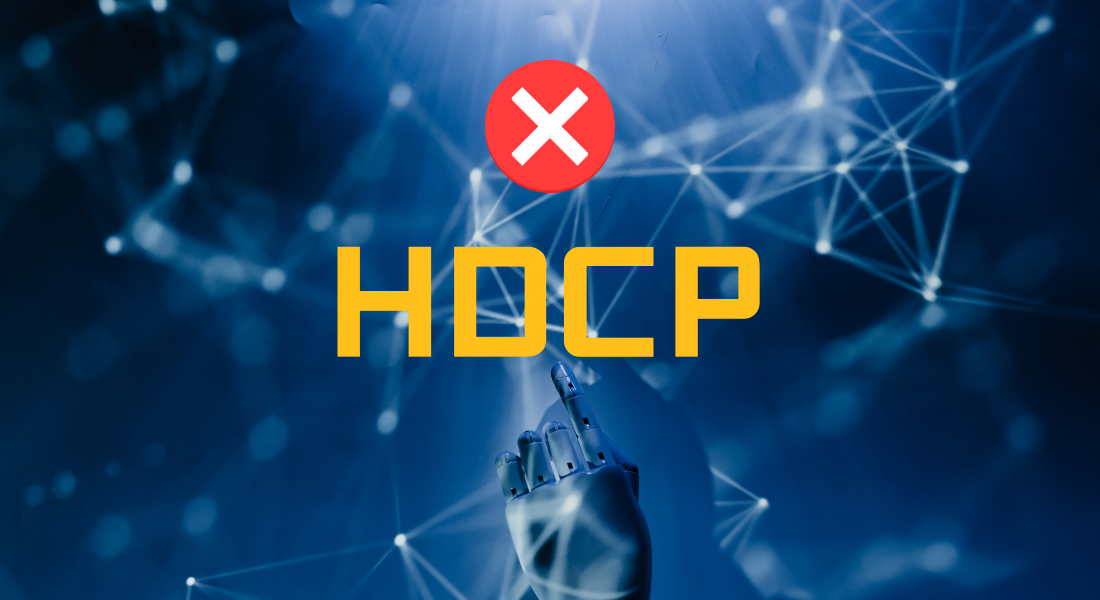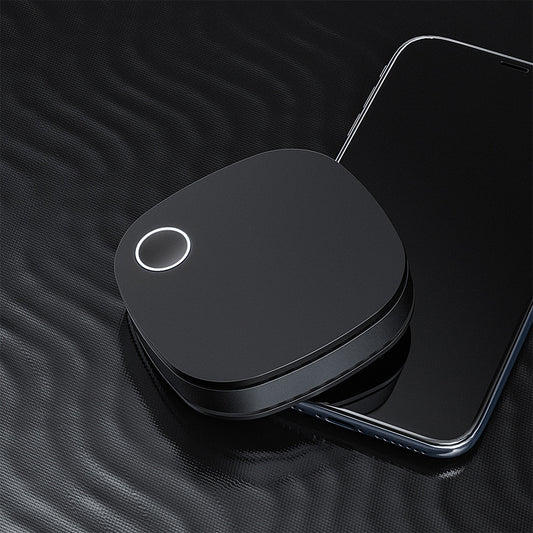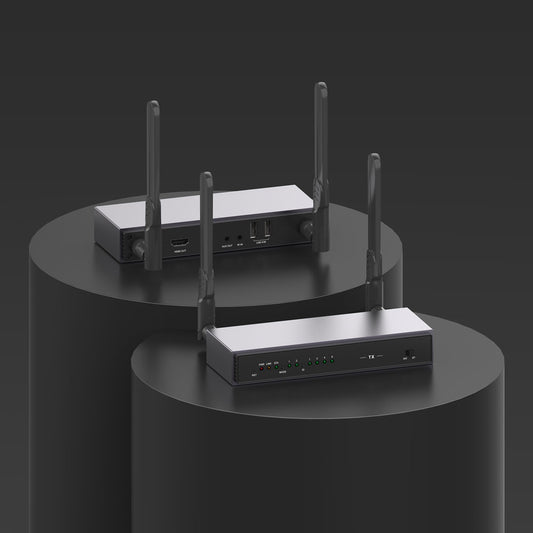
What Is An HDCP Error And How Do I Fix It?
High-bandwidth Some HDMI devices support the anti-piracy technology known as Digital Content Protection (HDCP). However, it actually degrades the viewing experience and doesn't operate very well.
But what are the potential drawbacks of HDCP that you are aware of? This comprehensive tutorial was created so you may learn everything there is to know about HDCP problems and how to fix them.
What is the purpose of HDCP, and how does it operate?
High-Bandwidth Digital Content Protection (HDCP) is a security measure intended to protect the copyright of high-definition videos and forbid content from playing on devices without the required authorization. Simply said, this security prevents video quality greater than 480p from being pirated while data is being transferred by HDMI, DVI, DisplayPort, or USB interfaces. If either end of the two devices isn't HDCP certified, neither of your sending or receiving devices will work. The resolution can drop below 480p, or, worse yet, we might not be able to transfer any data at all if we utilize non-HDCP devices. (The original goal was to stop individuals from making illegal copies of movies or videos by preventing people from re-recording them.)
Manufacturers who want to prevent HDCP protection from impairing their goods' quality must obtain a license from Intel so that its systems may play HDCP-protected media. This license is granted subject to a number of requirements, one of which is that the manufacturer guarantee that any video streamed to systems not HDCP-approved, will be shown at a lesser quality.
So what is its main goal? The purpose of using HDCP is to prevent piracy and other illicit streaming from generating large amounts of cash that could reduce the revenue earned by the original producer. Its goal is to encourage viewers to utilize more moral streaming services that benefit the author and approved platforms so they can make the maximum money possible from the content.
What factors lead to HDCP errors
The approach isn't perfect, but it is very effective for preventing eavesdropping and violating creative rights while also throwing a wrench in those practices. HDCP has a number of problems, some of which entirely invalidate the system and obstruct fully lawful watching. Peruse a few examples:
1. More aged HDTVs
Age is a major issue when streaming HDCP-encrypted content, which is a sad truth. It's likely that most HDTVs lack the connections required to be complete HDCP compliant. This implies that many consumers can experience difficulties when trying to view content through entirely lawful channels.
2. Inability to use outdated monitors with speakers as viewing apparatus
Many of us try to upcycle our used stuff in an effort to be less wasteful, more thrifty, and resourceful. Although this is a fantastic way to give your old monitor a new lease on life, HDCP forbids users from doing so.
If, for instance, a user tries to use an Amazon Firestick to turn a monitor with speakers and an outdated HDMI connector into a TV, HDCP will likely disallow this because the device is older and maybe not HDCP compatible.
3. Issues with shaking hands
Despite the name, there isn't even a single handshake involved. When there are complications with the HDMI cables connecting to one another, there is a handshaking difficulty. Devices might object in this situation because of problems with recognition. It's possible that older devices on the edge of compliance have a higher prevalence of this.
4. The control delay
The device has to clear a lot more hoops as a result of transmitters having to verify that the device is HDCP compatible. Because the transmitter continuously makes sure that the content is clear for use and is encrypted, there may be a delay in either the audio or the picture.
As a result of the system having to constantly encrypt and decode the stream, this may have a significant influence on the quality of the video that is supposed to be live.
Fixing HDCP Errors
How, then, do we fix it with so many issues? There are no simple solutions, sadly, as this additional mechanism only increases the number of potential ways a gadget can malfunction. Usually, you have to utilize a dedicated splitter or repair the hardware. Alternative sourcing techniques, however, might also be effective if your objective is to view content.
1. Change out the hardware.
The hardware and wires need to comply with HDCP. Replace the hardware if the issue is a cable or intermediary device that you don't use frequently or that can be easily replaced. Your prices will rise if the issue involves a significant purchase, like an outdated TV.
2. Purchase an HDMI splitter
Put the splitter between the output and the display device to use it. You shouldn't have any trouble playing protected content because a splitter effectively establishes a channel for the signals that fully ignores HDCP demands.
For instance, if a Chromecast encounters HDCP issues when attempting to connect to a TV, connect the Chromecast to the splitter's input port, then insert a different HDMI cable into the TV's HDMI port from the splitter's output port.
3. Disconnect the HDMI cable's ends.
Consider unplugging both ends of the device if you are experiencing handshaking issues. If a shaky connection is the cause of your difficulty, this will work around any connectivity troubles. You will sadly require a compliant device if the issue still persists or if your device explicitly mentions that non-compliance is the problem.
4. Take into account a wireless remedy.
Going completely wireless is one of your final options if none of those solutions whets your appetite. A wireless connection guarantees that the transmission and hardware routes are completely avoided.
ProScreenCast provides HDCP-compliant wireless transmission products that support high-value 1080p and 4K content transmission. From TV rooms and home theaters to top 4K Dolby cinemas, you will find the right modules to meet your different needs in these HDCP-compliant extenders. Buy yourself the right suite to eliminate HDCP errors from the start.








